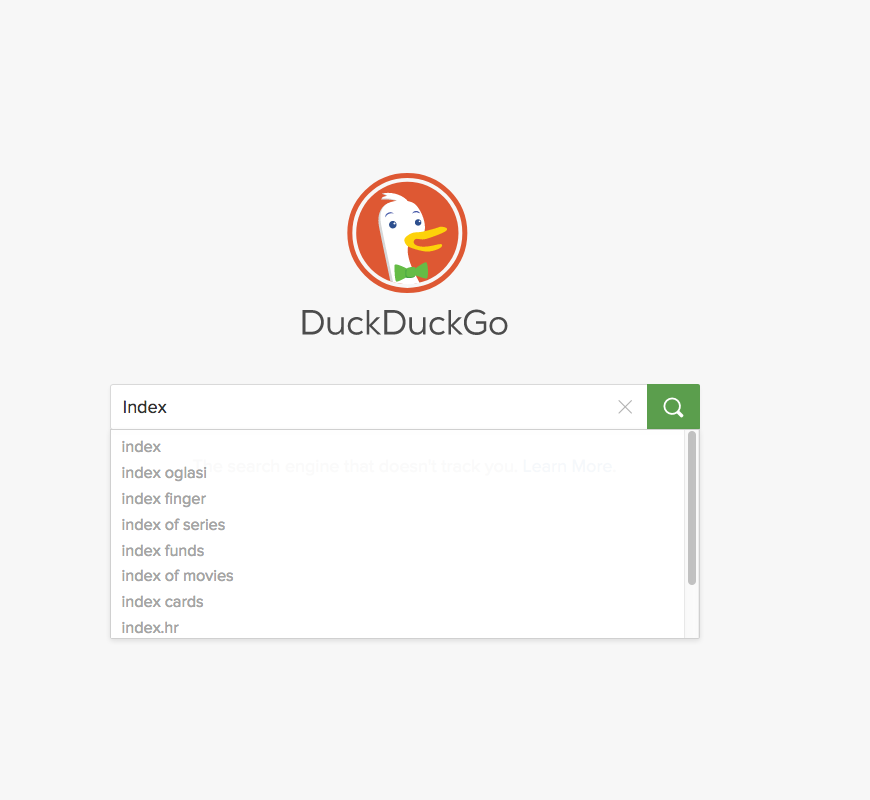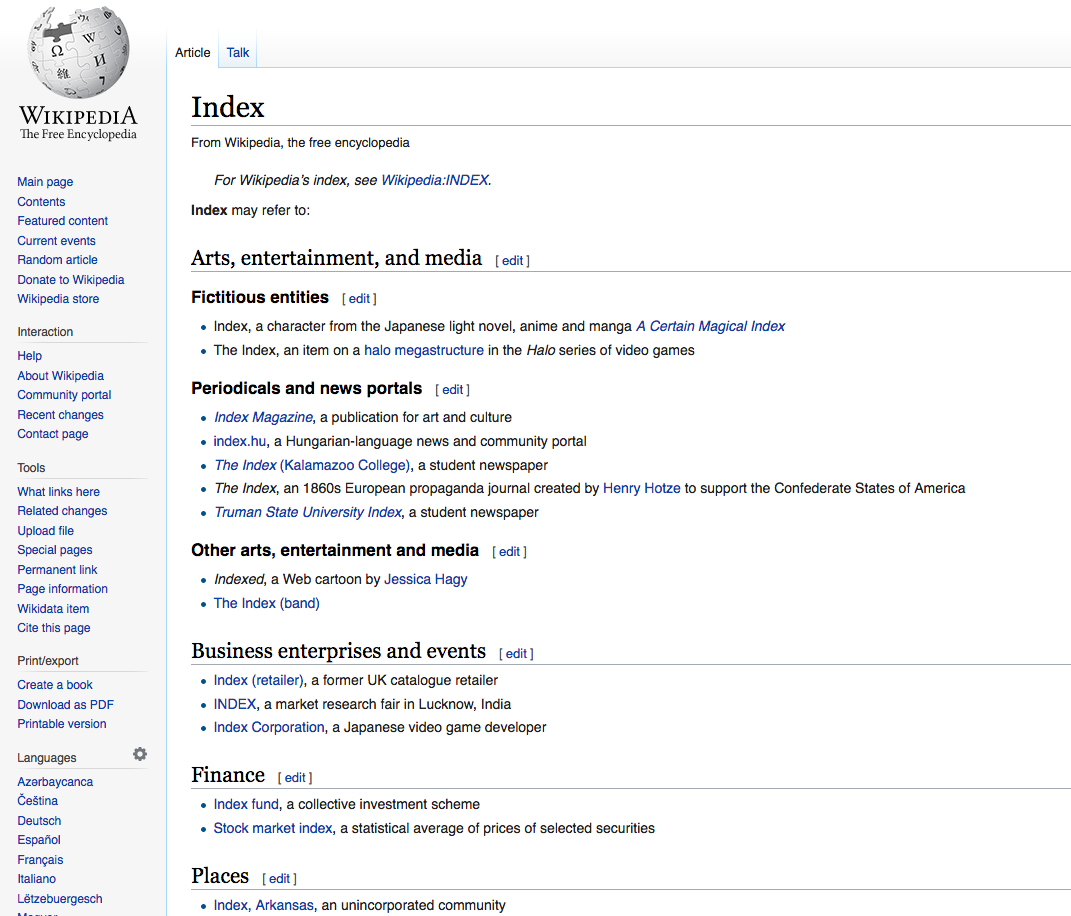CSE-4/562 Spring 2019 - Indexing (Part 2)
Indexing (Part 2)
CSE-4/562 Spring 2019
February 20, 2019
Textbook: Ch. 14.3
Recap
Index

Data

Data, even if well organized still requires you to page through a lot.
An index helps you quickly jump to specific data you might be interested in.
Data Organization
- Unordered Heap
- No organization at all. $O(N)$ reads.
- (Secondary) Index
- Index structure over unorganized data. $O(\ll N)$ random reads for some queries.
- Clustered (Primary) Index
- Index structure over clustered data. $O(\ll N)$ sequential reads for some queries.
Hash Indexes
A hash function $h(k)$ is ...
- ... deterministic
- The same $k$ always produces the same hash value.
- ... (pseudo-)random
- Different $k$s are unlikely to have the same hash value.
Modulus $h(k)\%N$ gives you a random number in $[0, N)$
Problems
- $N$ is too small
- Too many overflow pages (slower reads).
- $N$ is too big
- Too many normal pages (wasted space).
Idea: Resize the structure as needed
To keep things simple, let's use $$h(k) = k$$
(you wouldn't actually do this in practice)
Problems
- Changing hash functions reallocates everything
- Only double/halve the size of a hash function
- Changing sizes still requires reading everything
- Idea: Only redistribute buckets that are too big
Dynamic Hashing
- Add a level of indirection (Directory).
- A data page $i$ can store data with $h(k)%2^n=i$ for any $n$.
- Double the size of the directory (almost free) by duplicating existing entries.
- When bucket $i$ fills up, split on the next power of 2.
- Can also merge buckets/halve the directory size.